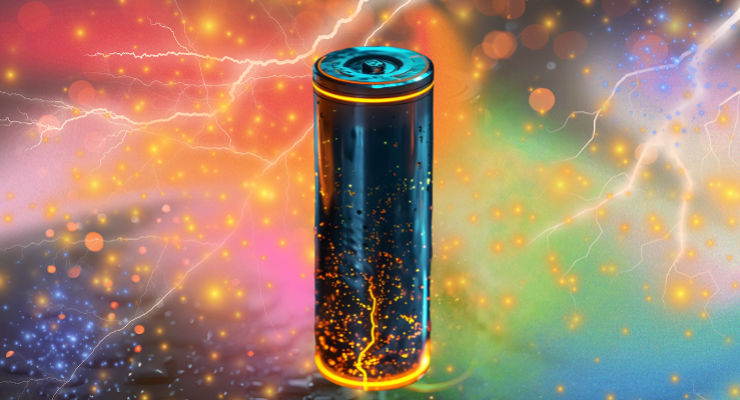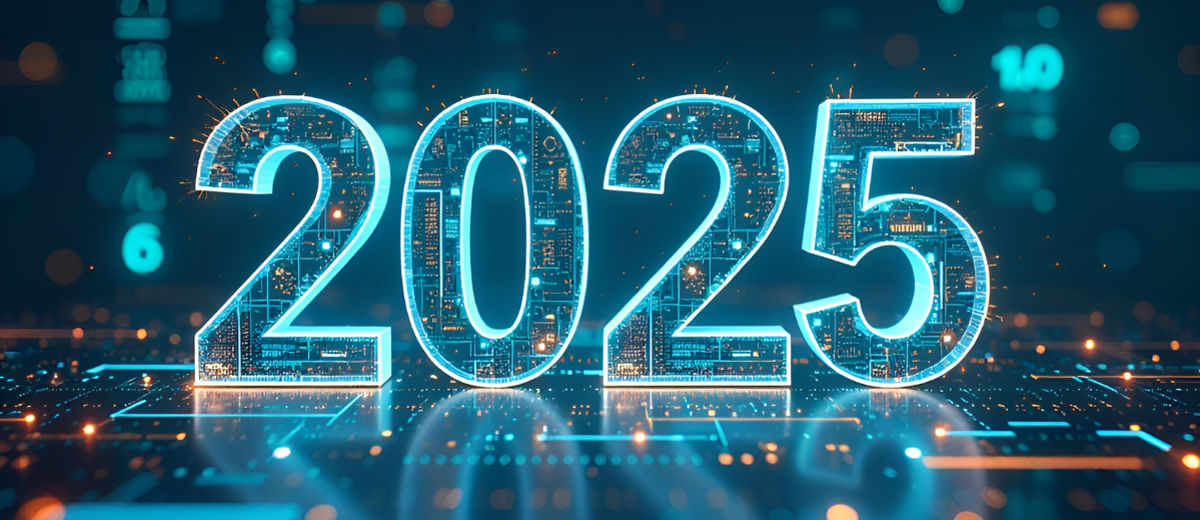SeLian-Hakadi Sodium-Ion Battery Advancements
Material and Electrochemical Insights (Part 2)
Sodium-ion batteries (SIBs) have sparked growing interest since 2012, driven by the development of hard carbon (HC) technology and environmental concerns over lithium-ion batteries (LIBs). Unlike LIBs, SIBs are free from the supply chain and geopolitical issues associated with lithium, nickel, and cobalt. Though SIBs offer slightly lower energy density due to the molecular weight and electrochemical properties of sodium, they maintain nearly equal energy costs, positioning them as a cost-effective, sustainable alternative.
TechInsights' recent analysis of Hakadi’s commercial SIBs reveals insights into their unique material and electrochemical characteristics. The power-focused Hakadi Sodium-ion 18650 battery features closely stacked, thin active layers for optimized power handling, while the energy-centered variant includes thicker materials for enhanced energy retention. Our team’s scanning electron microscopy (SEM) and material characterizations show that both battery models use sodium-based intercalating materials at the cathode and hard carbon at the anode, with distinct cathodic compositions for each type to enhance performance.
Explore our in-depth findings on the Battery Essential Channel to see detailed SEM images, electrochemical impedance results, and elemental composition analysis. This exclusive content provides a comprehensive look into the structure and capabilities of Hakadi SIBs, perfect for tech enthusiasts and industry professionals eager to understand the future of sustainable energy storage.
Discover the full technical analysis of the Sodium-Ion Battery Technology.
Enter your email to register to the TechInsights Platform and access analyses, daily content updates, and read the detailed report now.











